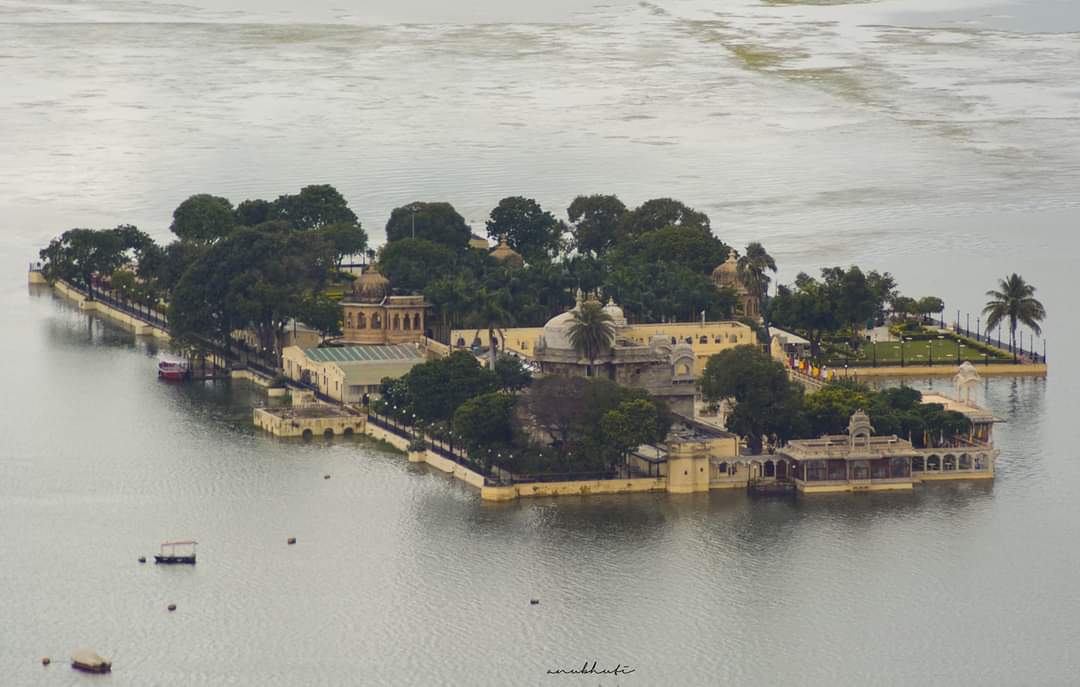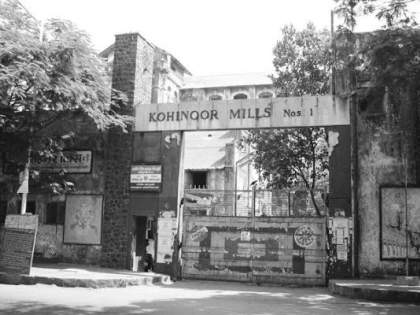There was once a small town called “Punakavishay” that lived in a golden era, surrounded by lush green boundaries and small settlements with mud/brick houses. Over time, the town changed and adapted, growing, and evolving into a vibrant and welcoming city, changing its name to Punewadi, Punwadi to finally Pune, also known as the “queen of Deccan.” Despite enduring multiple invasions and changes, both good and bad, Pune remains as resilient as its name suggests, being referred to as “Punywan.”


While writing this essay, I thought of what Pune is famous for. At first, I wrote down common things like food, clothing, and other general things. Nevertheless, I wanted to focus on something uncommon that only my city has, and that is how I end up listing uncommon things, First is the “afternoon nap.” This sounds very weird but according to some people, it is a core identity of Punekars. Going back to history, the structure of houses after Maratha’s rule was “नीचे दुकान ऊपर मकान.” So after 1 o’clock, people used to go for lunch in their homes, take a short nap/do other work, and come back to their shop again at 4 p.m. Even now, some shops are structured like this concept, and they work just like the concept. Hence the taunt “एक ते चार, पुणेकर पसार“!
Another thing Pune is famous for is its remarkable taunt boards. Around the 1960s, people from all over India settled in Pune for education or job purposes. This influx of people was a big change for the city, as the number of residents was increasing day by day, and various notorious types of people were settling. They used to come in residential peth areas like Sadashiv peth and shaniwar peth. Hence often caused trouble around private spaces, so residents started hanging boards on their gates that were quite sarcastic. Years later, these boards have become an identity of the true Punekar!
A city is identified by three main characteristics: architecture, streets/roads, and its people. You can find wadas, street shopping, and street food in other cities, but you will never find people like those in Pune. There is a famous book by P.L. Deshpande called “व्यक्ती आणि वल्ली” which describes people with various backgrounds with their ultimate unique stories. Just like that, core Punekar is also different and unique and you will never find another person like them. Especially the core peth person, who is the most sarcastic one. They will troll and appreciate you in just one sentence, and you may not even realize it! Visitors often complain that punekars are so cold, they are rude. I will not deny that because they are! However, just for a while, once they get to know you in person you will see the difference.


Growing up in the core peths of Pune, my world revolved around school, my grandmother’s home, and my own. The places that are now tourist spots were just passing buildings to me while going back and forth. I used to visit the glorious Vishrambaug Wada, historical Shaniwarwada, political Mahatma Phule Mandai, and religious Dagadusheth Mandir without any obstructions or crowds. I would visit the Ganpati Mandir every day without any hassle. However, now it is become challenging to enter the mandir premises even once. Thankfully, they have created a window where I can at least see the murti!
Pune is a cultural hub that celebrates various festivals without any religious boundaries. After the monsoon season, people get excited because the joyous period of the year is getting closer. The atmosphere on Laxmi Road and Mandai before Ganpati and Diwali is worth seeing. Small one-way streets are filled with people shopping for the festival. Then, there is the rush for Ganpati Mandaps and the surrounding illumination! Pune adapts to atmospheric changes every time, be it Dahihandi, Ganesh Utsav, Christmas, Eid, Diwali, or any other festival. The city merges everyone and creates a joyous environment.
If you are in Pune during those festive months, just grab your bike in the evening and go to the Mula Mutha Riverfront. What you will feel there is called the city’s heaven! The soothing cool breeze, the light showering of raindrops, and the rhythmic practice of Dhol Tasha are just as amazing as meditation for your soul. Even a non-dancer will show his/her moves if stuck in traffic with Dhol Tasha practice going around. During my internship in another state, I realized that what I missed the most were the wonderful festivals back home. I longed for the rides along the riverfront and the joy of shopping for Ganesh Utsav. Although I do not want to disparage any other city or state, I believe that the joy and excitement of festivals in Pune and Mumbai cannot be found anywhere else.



As a child, I remember my grandparents saying “Pune is not the same anymore,” and I always wondered what had changed so much. I used to argue that our city was prosperous, lively, and had everything a city needs, so why would they say such a thing? Now, I understand what they meant. Amid competition, Pune continues to be known as a cultural and educational center, but it appears to be losing its status as a cycling city. The city’s expanding population has caused some chaos and destruction, despite its many offerings. However, as change is inevitable, Pune is open to it and has maintained its values and cultural heritage, which sets it apart from other cities!
Note: All the images are shared by the author.





